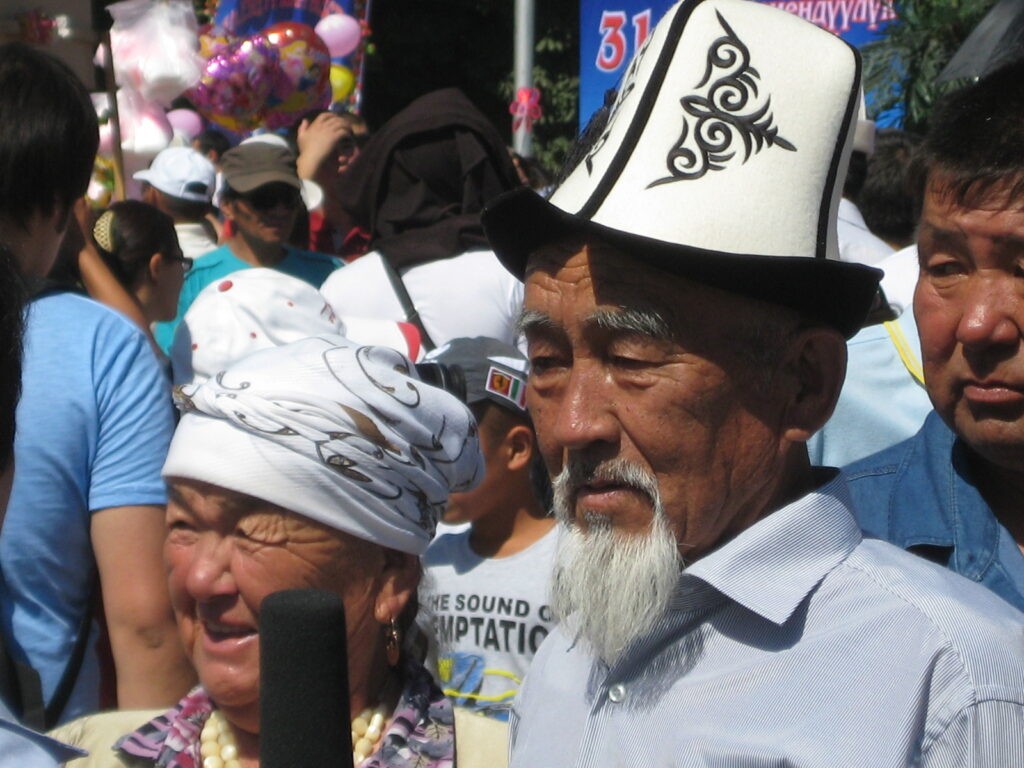From Boom to Bust: Kyrgyzstan Grapples with Falling Birth Rate
The population of Central Asia when the Soviet Union collapsed in late 1991 and the five Central Asian republics became independent countries was some 50 million people. Thirty-four years later, the population of the region is about 80 million. However, in Kyrgyzstan, the birth rate has been declining in recent years, and it has officials confused and alarmed. The Data Kyrgyz parliamentary deputy Dastan Bekeshev raised the matter on August 7, noting the country has seen a steady fall in the number of babies born from 2019, when it reached a record of some 173,000, to about 140,000 in 2024. Bekeshev was responding to recently released figures from Kyrgyzstan’s National Statistics Committee that showed the birth rate for 2020 was 156,112, for 2021 it was 150,164, climbing a bit to 150,225 in 2022, then dropping to 145,977 in 2023, and 140,419 in 2024. According to the Health Ministry’s chief specialist on demography, Raisa Asylbasheva, there are currently some 1.8 million women in Kyrgyzstan considered to be of childbearing age. Asylbasheva said it could be cyclical and “in five years, possibly, there will be an increase.” Bekeshev, however, has pointed out that if the trend continues, “In 15-20 years, there will be fewer young people in the country who can work, pay taxes, and provide for pensioners.” The Reasons Among the statistics cited on birth rate, one catches the eye immediately: the average age of a mother giving birth in Kyrgyzstan in 2024 was 28.4 years old. Traditionally, people marry young in Central Asia, and new mothers are often in their late teens or early 20s. It is not uncommon, especially in rural areas, to encounter grandmothers who are not even 40 years old. Many factors potentially play into the reasons for this decline in birth rate, but the general consensus is that socio-economic conditions are the primary cause. Asylbasheva said young people are concentrating on their careers and choosing to marry later than was previously the case. “The literacy rate of the population is growing; young people are already planning a family, trying to create conditions for a child,” Asylbasheva explained. Asylbasheva also mentioned that difficulties in obtaining a family-sized flat or house are causing some young couples to wait before having children. Baktygul Bozgorpoyeva, director of the Alliance for Family Planning, said state support for young families is sorely lacking and there needs to be government programs to help mothers and fathers raise their children “from adolescence to adulthood.” According to Kyrgyzstan’s National Statistics Committee, the average monthly wage in Kyrgyzstan in 2025 is a little more than 40,000 som (about $458), though many people receive considerably less than that amount. Kyrgyzstan’s authorities do offer some financial help. Under the “Balaga Suyunchu” (Happy for a child) scheme established in 2018, the state provides a one-time payment to parents of 4,000 som (about $46) after the birth of each child. In the event of triplets or more babies, the state gives a one-time payment of 50,000 som (about $572) for...






